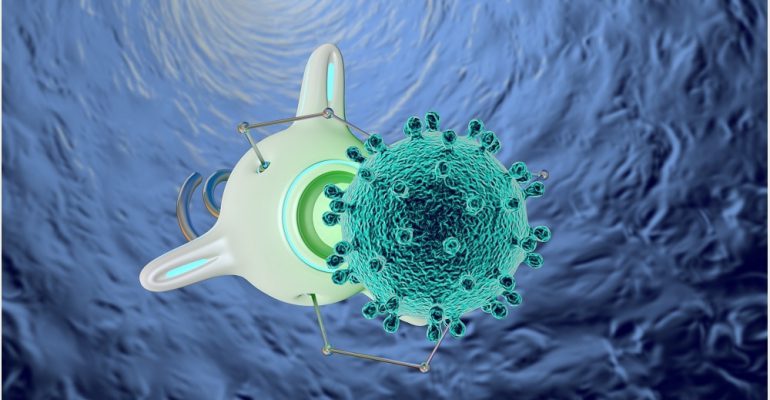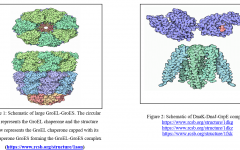The Lilliputian Among Medicines Does Abracadabra!
September 7, 2021 2021-10-25 8:50The Lilliputian Among Medicines Does Abracadabra!
The Lilliputian I mentioned here is the nanomaterials in modern medicine. They’re indeed Lilliput as they exist in nanoscale i.e. 10-9, in all the dimensions. The application of nanotechnology in medicine is termed nanomedicine and is proposed to be used in the diagnosis, control, prevention, and treatment of diseases. As the Lilliput, they were also not right away accepted by the modern medicinal norms. There were numerous controversies between various scientific and international regulatory corporations and efforts have been made to find a consensual definition because of the novel physicochemical properties of the nanomaterials as they’re small in size.
Years ago, US Health Institutes listed some potential applications of nanomaterials in healthcare which may include highly targeted delivery of genes and drugs; precise engineering and regeneration of bodily tissues; contrast enhancement for MRIs; enhanced detection of proteins and pathogens; fluorescent labelling and tagging of proteins. This is just a trailer of what could be possible in the future through research and refinement.
Nanomedicine is owning promising changes in clinical practice by the introduction of novel medicines for both diagnosis and treatment, to implement unmet medical needs, by integrating effective molecules that otherwise could not be used because of their high toxicity; exploiting multiple mechanisms of action; maximizing efficacy and reducing dose and toxicity; providing drug targeting, controlled and site-specific release and improved transport across biological barriers. This is a result of the innate properties of nanomaterials that have brought many advantages in pharmaceutical development.
Due to their small size, nanomaterials have a high specific surface area concerning the volume. Therefore, the particle surface energy is increased, making the nanomaterials much more reactive. Moreover, optical, electrical and magnetic properties are tunable through electron confinement in nanomaterials. Also, the size, shape, composition, chemical properties and the surface can be engineered in favor of the application and making them more liable to interact with more specific biological targets. So, the designing of the particle holds an important role in the function. However, nanoparticles also bring with them unique environmental and societal challenges, particularly related to toxicity.
Quantum dots are used in site-specific optical imaging. Imaging of lymph nodes, lung blood vessels and tumours, also subcutaneous imaging, which means imaging under the skin, without any surgical incisions are emphasized. It shows greater intensity and resistance to photo bleaching. Superparamagnetic iron nanoparticles are used in magnetic resonance imaging (MRI) for cancer detection. The paramagnetic properties can alter magnetic resonance relaxation times of selected regions or fluids in vivo. It also pulls off enhanced contrast for imaging of the liver, lymph nodes, and bone marrow.
Polymer and liposome-based nanoparticles are put in the application of drug and gene delivery in cancer therapy. It focuses on targeted delivery by surface functionalization. It can be multilayer and multifunctional as in chemotherapeutic and anti-angiogenic. It strategizes for solubilizing water-insoluble drugs also. These nanoparticles are also applied in neurodegenerative disease therapy for uninterrupted transport across the blood-brain barrier and also it administers therapies for diseases that are unresponsive to small molecule drugs. Another utilization of polymer and liposome-based nanomaterials are HIV/AIDS therapy. It can transfect cells by the incorporation of DNA in the material. This nanomaterial mitigates the inflammatory responses in the respiratory tract and thus makes an impression in respiratory disease therapy.
So by now, you might have got a speck of the idea why I mentioned nanomaterials as Lilliput in the medicinal field. It doesn’t matter how negligible Nano is, the generous amount of applications it can touch counts. The magic book of nanomaterial application is yet to be explored. Don’t you think that nanomaterials are indeed magic?
Image via Volodymyr Horbovyy | Shutterstock

Authored by
Sreelakshmi P J
Biocon Ramaiah Certificate Program in Quality Control Analytical – Batch 3








